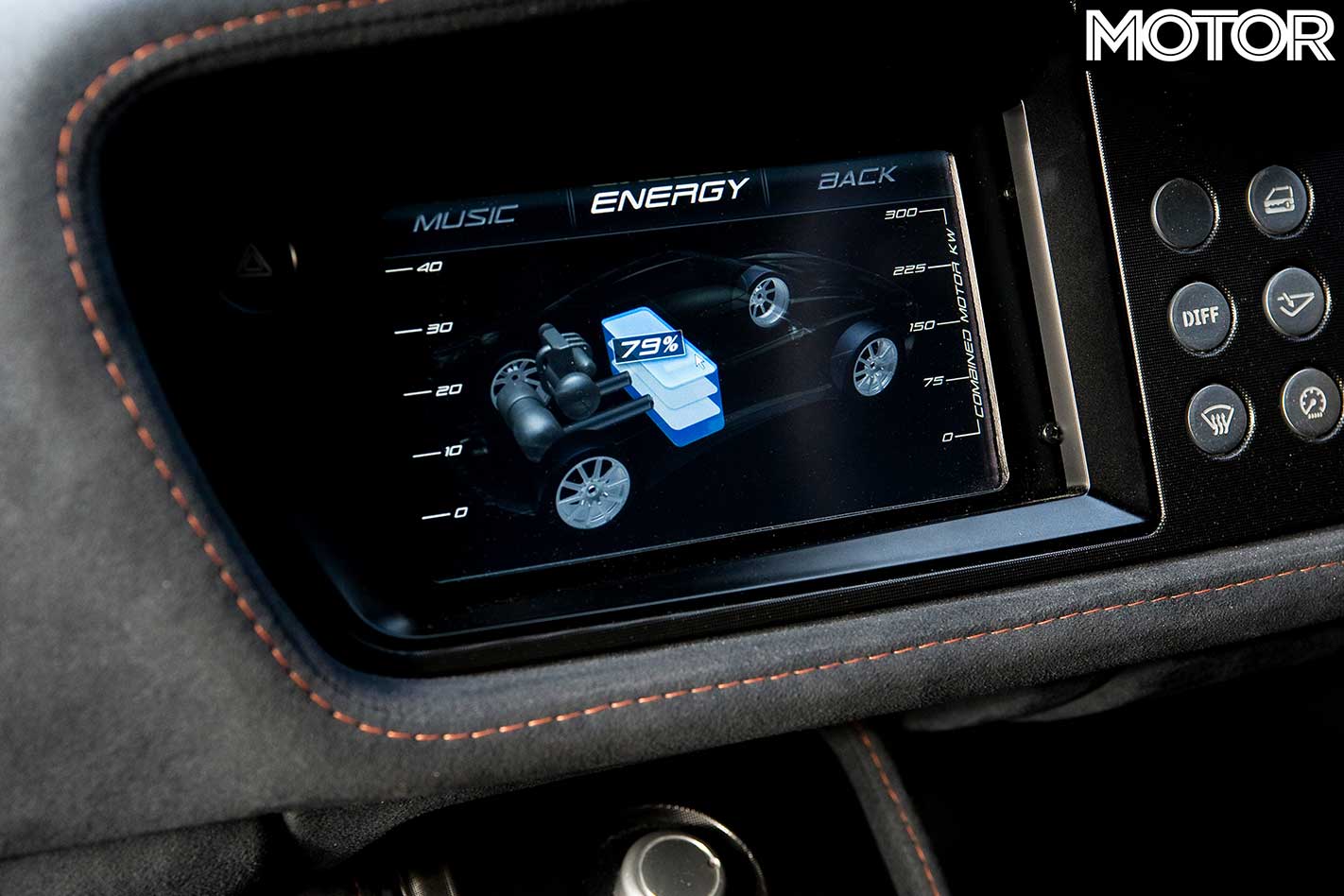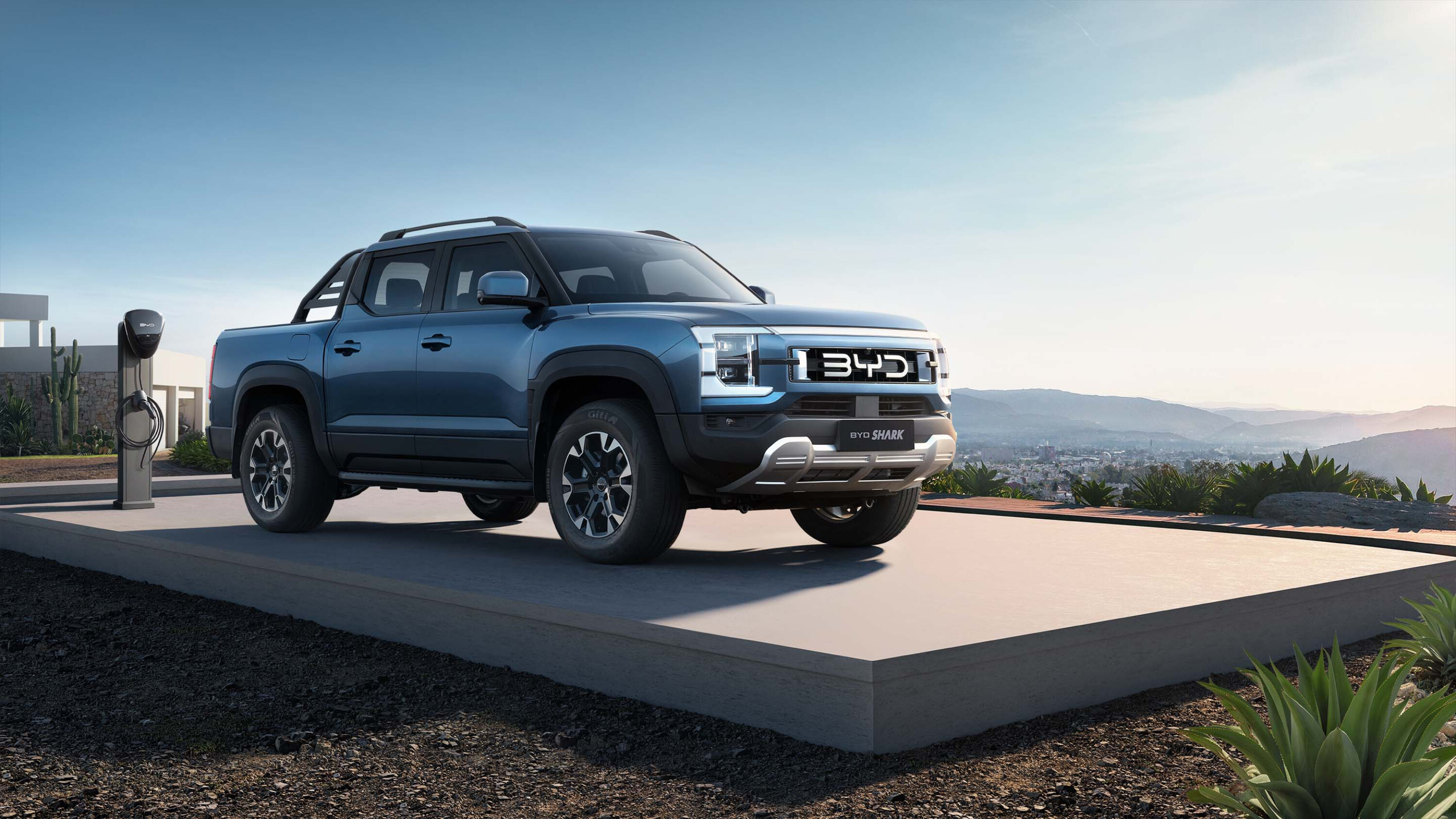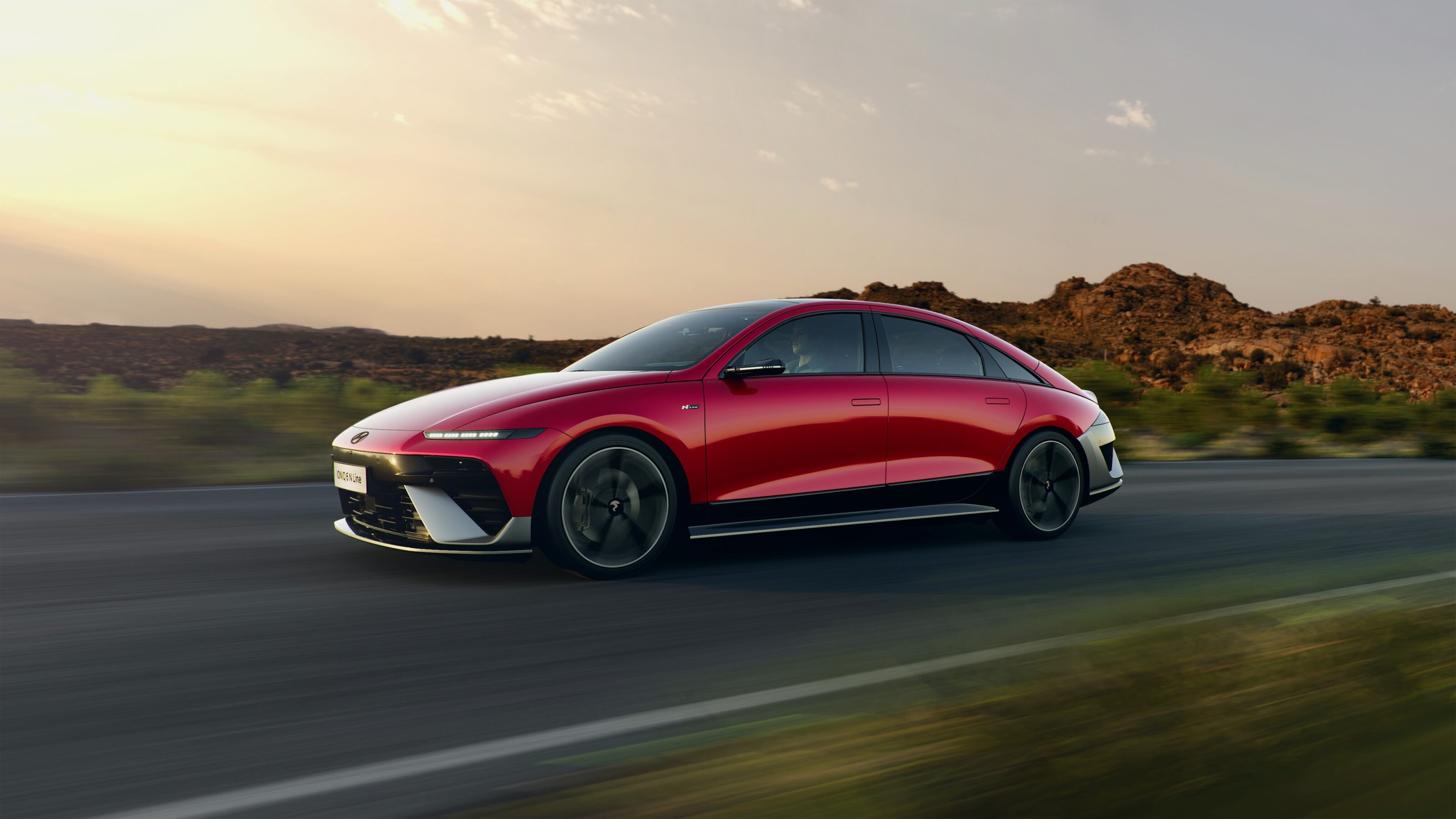Looking firmly to the future while nodding acknowledgement to the past can’t be easy, but it’s exactly what Mercedes-Benz has attempted with the new E-Class.
As the eighth generation of a model that is “the heart of the Mercedes-Benz brand”, as one executive at the international launch in Spain correctly asserted, ignoring its long heritage was never an option. At the same time, the new E-Class had to include the ingredients for success in a world where the rate of change, in both customer priorities and government rules, is accelerating.There’s certainly nothing about the exterior design of the new E-Class that shouts progress. Quite the opposite, in fact. The new model is actually intended to appear a little more formal and conservative than its immediate predecessor, confirms designer Gerd Schutzke. He points to the way the more upright C-pillar frames the rear door glass as an example of how the car’s shape expresses a greater sense of “status and comfort”.The basic proportions of the new E-Class are attractive, yet the car isn’t a nose-to-tail visual treat. There’s just a bit too much going on. It’s not only the heavy-handed creases that begin either side of the air intake beneath the traditional grille, then trace an ascending trajectory along the car’s flanks. It’s the references to the E-Class’s ancestors, both distant and more recent, that are a touch too much. The four-eyed front, which recalls the 1986-’95 W124 E-Class, isn’t as much of a problem as the attempt to make the rear guards evoke the spirit of the 1953 ‘Ponton’ Mercedes. Pastiches of the past are seldom successful (check Jaguar’s recent back catalogue for proof), and the new E-Class is no exception.Although the exterior design is both busy and lacking in harmony, air evidently loves the shape. Mercedes claims its coefficient of drag is 0.25, a number that’s better than any other luxury sedan and which, among production cars, is equalled only by the more obviously aero third-generation Toyota Prius. According to designer Schutzke, work on aero tuning began with “wind channel” testing of quarter-scale models more than four years ago.Excellent aerodynamics undoubtedly contribute more than a mite to the new E-Class’s fuel efficiency. There are plenty of hard numbers to support Mercedes’ claim that the new E-Class is a “pacemaker” when it comes to environmental impact, an area that’s of increasing interest to both legislators and consumers.All three of the E-Class’s 2.1-litre turbo-diesel fours deliver a 5.3L/100km result in the European combined cycle fuel consumption test, which is basically the same as Australia’s ADR81. These are truly remarkable numbers for a large car weighing more than 1700kg. BMW’s 520d, to choose an obvious turbo-diesel rival, records a 6.1L/100km ADR81 result.While the single-turbo 100kW E200 CDI isn’t destined for Australia, both the twin sequential turbocharged diesels are. The 125kW E220 CDI and 150kW E250 CDI will arrive in September, along with the direct-injected and turbocharged 1.8-litre E250 CGI petrol burner and E350 CDI V6 diesel. The first wave, in July, will consist of E350 V6 and E500 V8 petrol models. The coupe versions will be introduced in lock-step with the sedan range.The difference between the four-cylinder turbo-diesels earmarked for Australia boils down to boost. Shared details are cylinder bore, piston stroke and static ratio (the purely mechanical compression ratio, which doesn’t take into account the additional compression delivered by the turbo). With its pair of turbos huffing harder, the E250 CDI engine delivers torque to the tune of 500Nm from 1600 to 1800rpm, compared with the E220 CDI’s 400Nm from 1400 to 2800rpm.Although the E250 CDI’s narrower band of max torque suggests it may lack driveability compared with the E220 CDI’s broader spread, this ain’t the case. The 250 has more to give no matter where the tach needle points. Its easy responsiveness feels exactly right for the E-Class.Like every other four-cylinder E-Class, the E250 CDI engine is teamed with a five-speed automatic. While it’s more than likely the carry-over auto was a cost-saving measure on Mercedes’ part, it barely matters. There are more than enough newton metres to cover the gaps between the gears. The transmission is best left in ‘C’ for comfort mode, where it upshifts earlier and holds higher gears than in ‘S’ for sport.There’s little between the pair of diesels and the smaller, direct-injection, turbo-petrol four for refinement. In its own way the E250 CGI is as remarkable as its diesel siblings. Just 1.8 litres to push such a large car doesn’t seem like a recipe for driving pleasure, but it doesn’t struggle with the task. Indeed, if Mercedes 0-100km/h claim of 7.7 seconds for the E250 CGI is close to correct, its performance is very similar to non-turbo models with twice the cubic capacity. Such as, say, your basic Falcon or Commodore. And with, it must be pointed out, a provisional 7.3L/100km European combined cycle consumption test result.The V6-powered E-Classes may be more refined than the super-frugal fours, thanks in part to being teamed with Mercedes excellent seven-speed automatic, but they’re less interesting. The 3.5-litre petrol V6 of the new E350, for example, is basically unchanged from the previous generation E-Class. Mercedes has developed a direct-injection CGI version of this engine which is offered in some markets. Australia isn’t one of them because, apparently, our fuel isn’t yet good enough for it. The 3.0-litre turbo-diesel of the E350 CDI is the smarter V6 choice in any case. Although less powerful – 170kW compared with 200kW – the compression-ignition engine whips the petrol-burner’s torque figure and delivers superior refinement.Smoothest and sweetest of all the E-Class drivetrains, however, is the 285kW 5.5-litre V8 and seven-speed auto of the E500. Quick and quiet, powerful and polished, it’s a driver’s delight. But there’s a price to pay for the pleasure; the E500’s fuel consumption – 10.9L/100km in the Euro combined cycle – is more than double that of the four-cylinder turbo-diesels.In a time when even luxury needs to be thrifty, it’s surely a model with diminishing relevance.While the E500’s thirst is out of date, there’s nothing at all wrong with its chassis. It’s the only model equipped as standard with Mercedes’ excellent Airmatic suspension (it’s also an option in the V6 models). The updated pneumatic springing system for the front struts and multi-link rear offers the choice between two beautifully judged settings. ‘Comfort’ is deliciously absorbent, yet controlled, while ‘Sport’ brings more disciplinary damping with only a moderate degradation in ride comfort. The less expensive, steel-spring E-Classes are fine, just not as subtle or refined as those with Airmatic.Regardless of spring type, E-Class handling is very good. Although width and length have both increased (32mm and 12mm respectively) compared with the previous model, the Mercedes feels agile and precise. Despite its size, the E-Class was right at home on narrow and winding roads just outside Madrid. Partly because the car has remarkably slim A-pillars and great forward vision, allowing the driver to make good use of the car’s accurate steering.E-Class’s interior design is more pleasing than its exterior.The shapes of the primary instrument binnacle and adjacent colour screen surround are obviously intended to evoke Mercedes’ past, but here it works. While the tone is sober and efficient, there’s a quiet air of quality. The interior of the V6 and V8 models is cleaner looking, thanks to their column-mounted gear selector stalks. The fours have conventional transmission sticks and less elaborate centre console.The driving position and basic control ergonomics (except the awkward foot-operated parking brake), are very good. And the front seats are so supremely comfortable that there seems little point in opting for the optional Active Multicontour Seat package. This adds pneumatic massage and dynamic functions to the front seats, the latter increasing the inflation pressure of the appropriate side bolster to give support against cornering forces. Sounds like a good idea, feels very strange…While the new E-Class’s extra width spells greater shoulder room, its rear seat isn’t perfect. Ease of access is good, and there’s ample space in every direction, but the backrest is too reclined and the cushion too short for perfect comfort. Moving further aft, there’s a usefully large – 540 litres – cargo compartment.There’s little doubt the new E-Class will satisfy most of the core practical requirements of its customer base. It’s a large, comfortable, well-engineered car that can, in four-cylinder form, deliver conscience-salving and money-saving fuel efficiency. It is also technically advanced throughout, most obviously in the number of new, supplementary safety systems it includes, some of which are actually worth having.It’s undoubtedly a good car. But not a pretty good one. Although the new E-Class is, for quite logical reasons, the premium big sedan you should choose, its exterior design isn’t on the same wavelength. Styling that references the past, and none too adeptly, is out of place on a car with technology that won’t be passé tomorrow.






